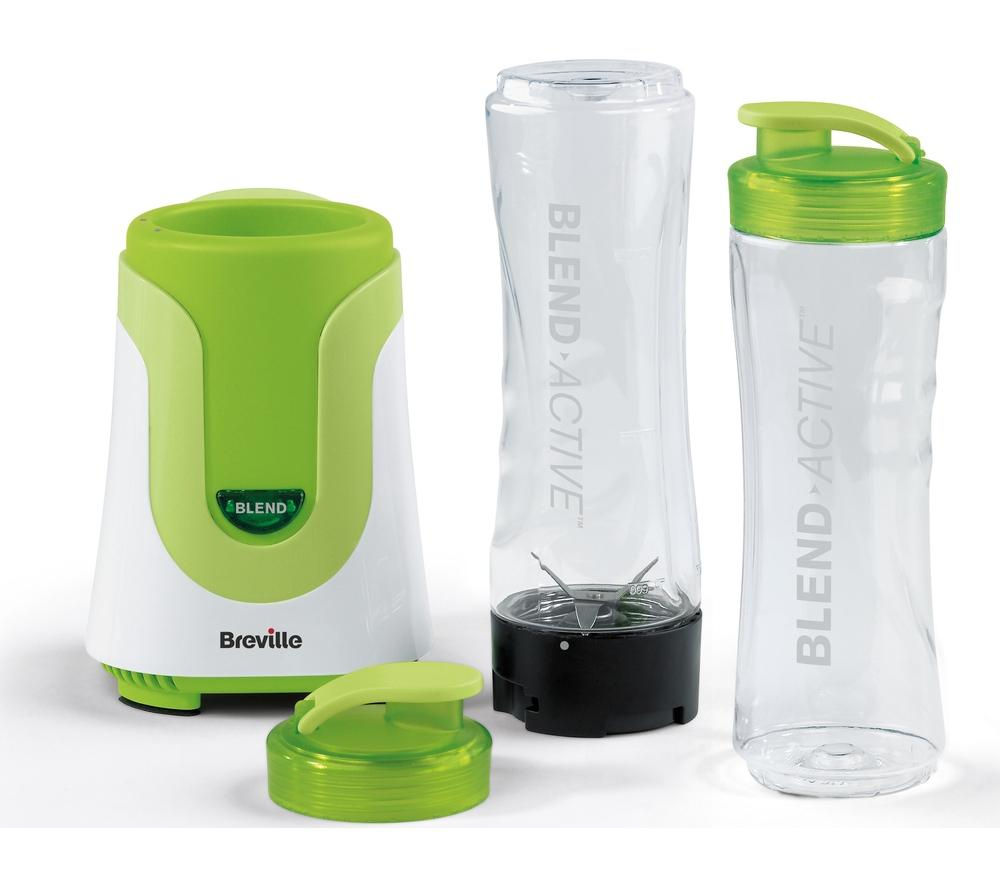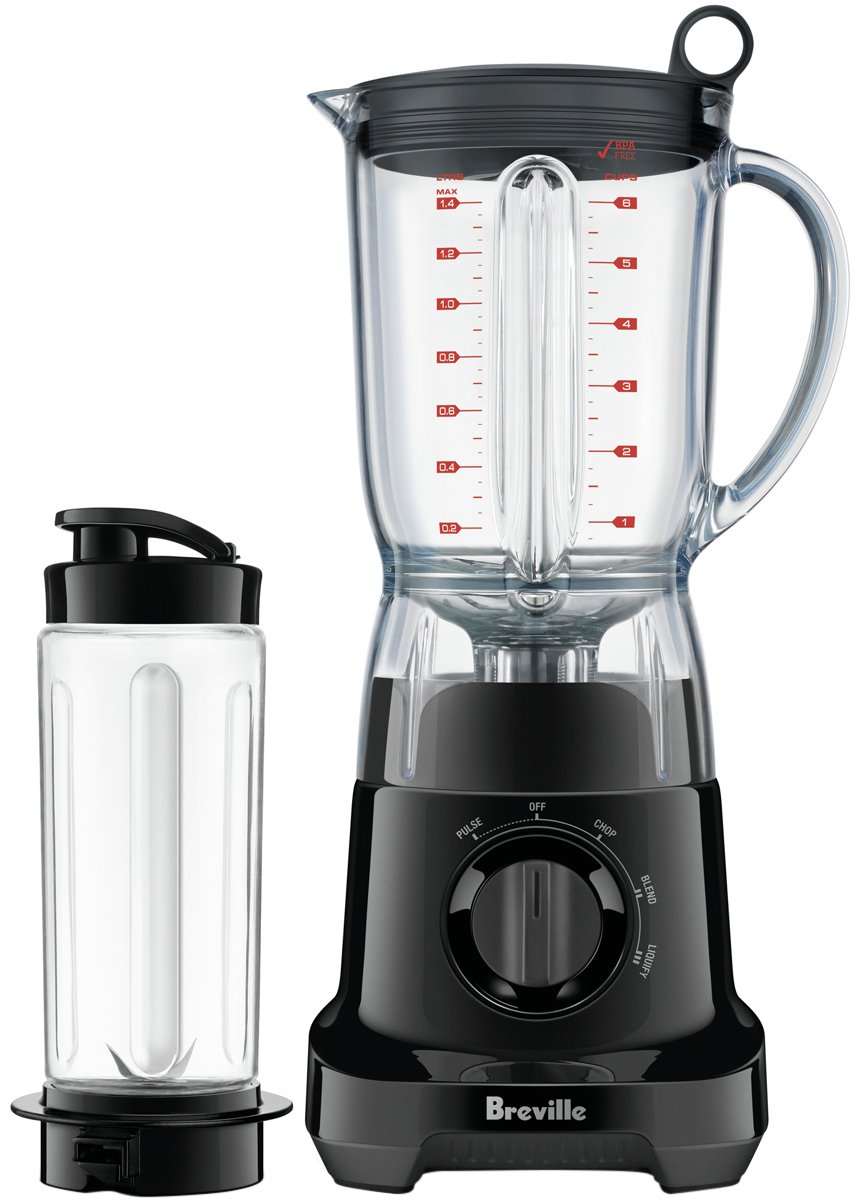
In the world of kitchen appliances, few rival the convenience and versatility of a blender. Whether you’re whipping up a smoothie, pureeing soup, or blending a dip, it’s an essential tool for any culinary enthusiast. One popular choice among homeowners and professional chefs alike is the Breville Blender. Known for its power, precision, and performance, it’s an investment worth maintaining. And a significant part of that maintenance is regular and thorough cleaning.
However, cleaning a blender, especially one as sophisticated as a Breville, can seem daunting. But it doesn’t have to be. This blog post aims to demystify the process of cleaning a Breville blender, offering practical tips, step-by-step instructions, and answers to common questions. By the end, you’ll understand how to prolong the lifespan of your blender, ensure its optimal performance, and maintain the highest levels of food safety and hygiene in your kitchen.
Cleaning a blender isn’t just about aesthetics. It’s also about safety and the longevity of your appliance. Food particles can become lodged in the blades, leading to bacterial growth if not cleaned properly. Moreover, accumulated grime can impact your blender’s performance, potentially damaging the motor over time.

There are two primary components to clean in a Breville blender: the jug and the base. Here’s a step-by-step guide on how to do it.

Occasionally, your blender will need a deep clean, especially if it’s used to blend sticky or oily substances. For this, you’ll need to disassemble the blender jug, following the manufacturer’s instructions. Once disassembled, soak the removable parts in warm soapy water for a few minutes, then scrub with a non-abrasive sponge, rinse, and dry.

1. Can you put a Breville Blender in the dishwasher?
Yes, the Breville Blender jug and lid are dishwasher safe on the top rack. However, the blender base, which houses the motor and electronic components, should never be submerged in water or placed in the dishwasher.
2. How often should I clean my Breville Blender?
You should clean your blender after each use to prevent food particles from hardening and becoming difficult to remove. A deep clean is recommended every few weeks, depending on usage.
3. What if the blender smells bad after cleaning?
A foul smell can indicate the presence of bacteria or mold. If this happens, fill the blender jug with warm water, add a cup of vinegar, and let it soak for an hour. After that, rinse it thoroughly and dry.
Cleaning your Breville blender is an essential part of maintaining its performance and longevity. Regular cleaning prevents bacterial growth, preserves the integrity of the blade assembly, and ensures that your appliance continues to work optimally. With the right techniques and a bit of effort, you can keep your blender in top shape and enjoy delicious, safe, and hygienic recipes for many years to come.
